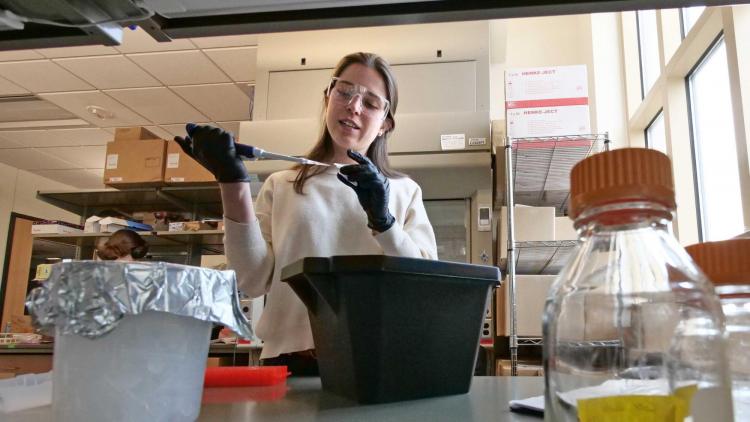Aug 11, 2021
Hackers reportedly threaten to leak data from Gigabyte ransomware attack
Posted by Genevieve Klien in category: cybercrime/malcode
The hackers claim to have confidential documents.
Gigabyte has been the victim of a cyberattack, which was reportedly the work of a ransomware outfit called RansomEXX. According to The Record, the attack didn’t have an impact on any of the company’s production systems, but it did affect some internal servers. Currently, some parts of Gigabyte’s website, including its support section, are down, giving customers issues when trying to access warranty repair information and updates. The hackers who claim to have carried out the attack are reportedly threatening to release data from the company, including confidential documents from Intel, AMD, and American Megatrends.
Gigabyte is mainly known for its PC components such as motherboards and graphics cards, but it also has a line of laptops and peripherals like gaming monitors, which are often branded with the Aorus name.
Continue reading “Hackers reportedly threaten to leak data from Gigabyte ransomware attack” »


















